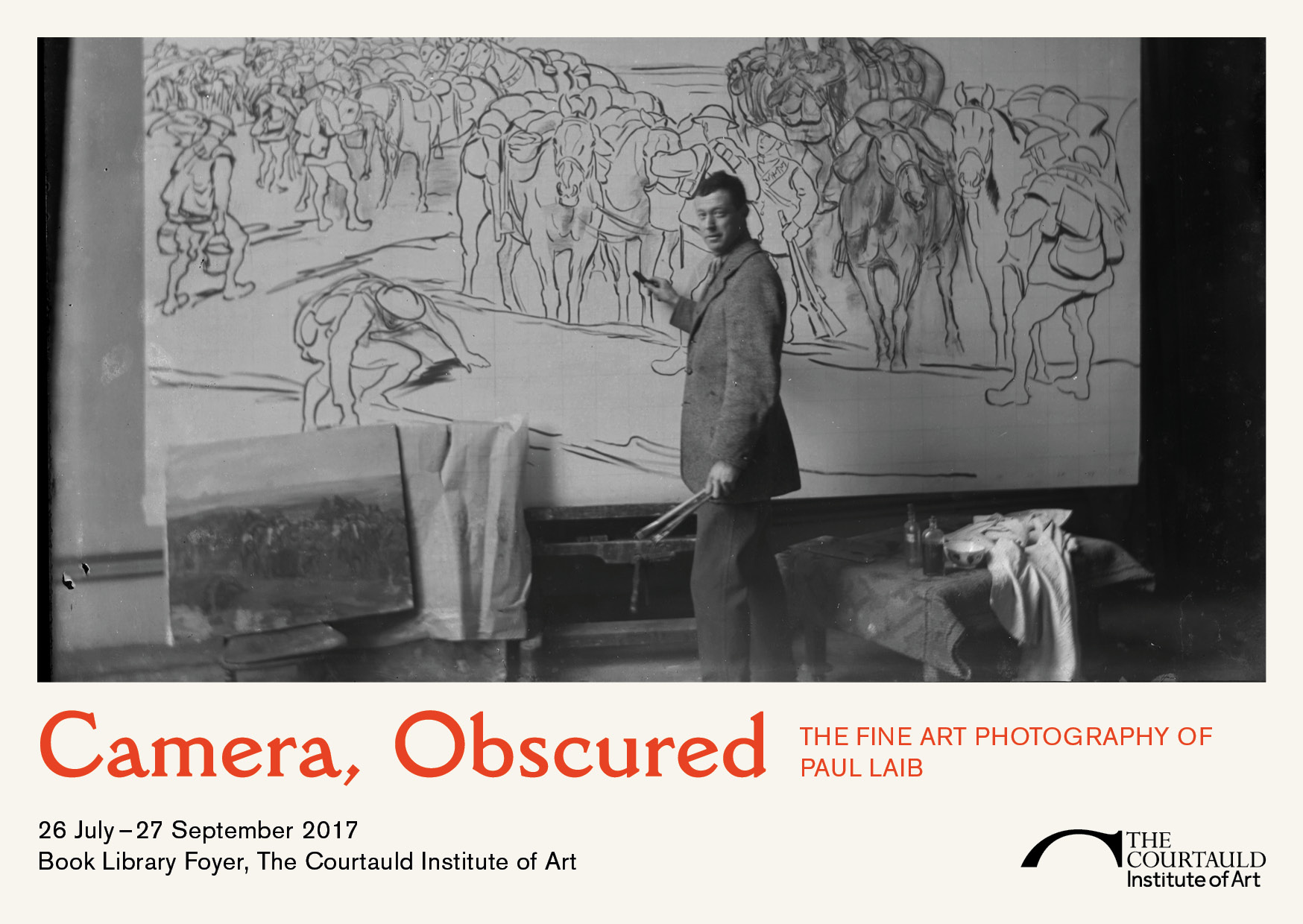Audio Version
Read by Anna Thompson
Text Version
When I started volunteering on the digitisation programme, I never thought it would reignite my interest in the history of art. Yet here I am in the second year of a part-time M.A. in History of Art and Photography, and loving every moment of the challenge. I am about to start my final essay before commencing the dissertation, and I have chosen as my final option This is Tomorrow – Architecture and Modernity in Britain and its Empire, 1930-60.

Professor Mark Crinson (University of London) describes the option module as a study of the entanglements of architecture and ideas of modernity, the home and the city in mid-twentieth century Britain, as well as how these issues related to Britain’s place in the world and its relation to its empire. Modernity, whether through the arrival of modernism or the various forms of state modernisation, has long been the focus of written accounts of modern architecture in Britain.

The Conway library has led to this and is already proving a fantastic resource in my initial reading and research. There is an excellent collection of London photographs, which I am slowly helping to label, while also identifying useful images for use in the Architecture and Modernism essay and for discussion in seminars.
While I am looking forward to studying the Conway photographs in relation to mainstream Modernism, the influence of émigré architects and the search for utopia is already evident and enthralling in the photographs I have labelled and catalogued. The amazing Bevin Court (a personal favourite) is one of several post-war modernist housing projects in London designed by the Tecton architecture practice, led by Berthold Lubetkin, a Russian architect and pioneer of modernist design in the 1930s.

An organised visit to the penthouse at The Isokon Building (Lawn Green Flats) was impressive. Built in 1934, The Isokon is a rare Grade 1 listed modernist building and an example of a progressive experiment in urban living at the time. The building was home to Walter Gropius, founder of the Bauhaus, Marcel Breuer, designer of modernist furniture, and László Maholy-Nagy, headteacher of art at the Bauhaus school. Early advertising stated: “All you have to bring with you is a rug, an armchair and a picture.” Acquired by Camden Borough Council in 1972, it gradually deteriorated until the 1990s, when it was abandoned completely. Avanti Architects, specialists in refurbishing modernist buildings, restored the Isokon in 2004. The Conway photographs and images from the current sales listing of the Isokon penthouse – at nearly a million pounds – provides a fascinating insight into the concept of ‘one-room living’.

Then there is BRUTALISM! I really am spoilt for choice, as photographs of key Brutalist buildings in London are also found in the Conway archives. Watch this space, as I delve further into this incredible resource and identify a research title worthy of the Conway collection of London’s 20th century architecture.
Lorraine Stoker
Courtauld Connects Digitisation Volunteer





